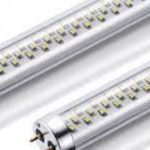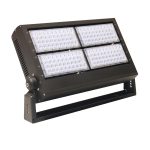Decoding LED Light Colors: Understanding the Meanings Behind Different LED Light Colors
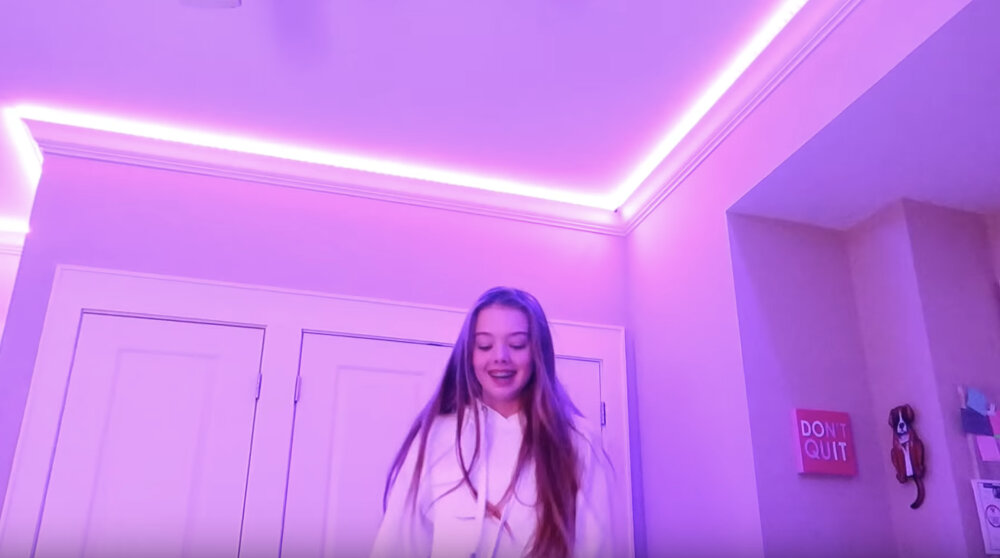
LED lights have become increasingly popular in recent years, with their energy efficiency and versatility making them a top choice for both residential and commercial lighting. However, many people may not be aware that the color of an LED light can convey important meanings and serve various purposes beyond simply providing illumination. Understanding the meanings behind different LED light colors can help you make informed decisions when choosing lighting for your home or business, and can also help you decode the lighting choices made by others. From calming blues to energizing yellows, LED lights come in a variety of colors, each with its own unique meaning and impact. For example, blue LED lights are often associated with feelings of calmness and relaxation, making them a great choice for bedrooms and living spaces. In contrast, red LED lights are generally associated with excitement and energy, making them a popular choice for entertainment venues and outdoor spaces. Whether you’re looking to create a specific ambiance in your home or want to convey a particular mood in a commercial setting, understanding the meanings behind different LED light colors can help you achieve your desired effect.
LED lights, or Light Emitting Diodes, are a type of lighting technology that has become increasingly popular in recent years. Unlike traditional incandescent bulbs, LED lights use a semiconductor to produce light, which means they are much more energy-efficient and long-lasting. They also come in a wide variety of colors, making them ideal for a range of applications, from decorative lighting to signaling and safety purposes. The color of LED lights is determined by the material used in the semiconductor, with different materials producing different wavelengths of light. Understanding the meanings behind different LED light colors can help you choose the right lighting for your needs and create the desired atmosphere in your space.
Understanding different LED light colors is crucial when it comes to creating an ambiance in any setting, whether it’s at home, in the office, or even in a hospital. Different colors of LED lights have different meanings and effects on our moods and health. For instance, warm white light creates a cozy and relaxing atmosphere, while cool white light helps improve concentration and productivity. Blue light is known to suppress melatonin production, which can affect our sleep cycle, while red light has been shown to promote relaxation and a sense of calmness. Therefore, having a basic understanding of different LED light colors can help us choose the right lighting for our environment, leading to better health and well-being.
Blue LED Light

The blue LED light is a popular color in the LED light spectrum that is often associated with calmness, serenity, and peace. Blue is a cool color that has a calming effect on the mind and body, making it an excellent choice for bedrooms, bathrooms, and other areas where relaxation is essential. Blue LED lights can also be used in commercial spaces to create a sense of professionalism, trust, and dependability. Blue LED lights have been found to have a positive impact on mood and can help to alleviate stress and anxiety. In addition to its calming properties, blue LED light has also been found to have a significant impact on sleep patterns. Blue light has been shown to suppress melatonin production, which is the hormone responsible for regulating sleep/wake cycles. This makes blue LED lights an excellent choice for use during the day when you want to stay awake and alert. However, it is not recommended to use blue LED lights before bedtime as they can disrupt your sleep patterns and make it difficult to fall asleep. Overall, blue LED lights are a versatile and popular color choice in the LED light spectrum, with a wide range of applications and benefits.
Blue LED (Light Emitting Diode) light is a type of LED light that emits a blue hue. It is created by combining a semiconductor material, typically made of gallium nitride, with other materials such as indium and aluminum. When an electric current passes through the semiconductor material, it excites the electrons, causing them to release energy in the form of photons. The color of the light emitted is determined by the energy released by the electrons, with blue being one of the highest energy colors. Blue LED light has a variety of applications, including in electronic devices, automotive lighting, and medical equipment. It is also used in horticulture to stimulate plant growth and can have a positive effect on mood and overall well-being when used in light therapy.
Blue LED light is often associated with calmness, relaxation, and tranquility. It is also known for its ability to enhance concentration and focus, making it a popular choice for use in offices and study areas. In addition, blue light is linked to the regulation of sleep and circadian rhythms, making it an ideal choice for nightlights and bedroom lighting. The color blue is also associated with trust, loyalty, and confidence, which is why it is often used in branding and marketing. However, it is important to note that exposure to blue light at night can interfere with sleep patterns and disrupt the natural circadian rhythm, so it is recommended to limit exposure to blue light before bedtime.
Blue LED light is widely used in various applications. It is commonly used in digital clocks, traffic lights, and electronic devices. Blue LED light is also used in dental curing lights, which is a device that dentists use to harden dental materials. In addition, blue LED light is used in aquarium lighting to promote the growth of coral and other marine life. Blue LED light is also used in horticulture lighting, as it has been proven to increase plant growth and improve photosynthesis. Finally, blue LED light is used in mood lighting and decorative lighting, as it creates a calming and relaxing atmosphere.
Green LED Light

LED lights have become increasingly popular in recent years as a more energy-efficient and environmentally friendly alternative to traditional incandescent light bulbs. One of the most common LED light colors is green, which has a variety of different meanings and uses. Green LED lights are often used in outdoor applications such as landscaping and accent lighting, as well as in traffic lights and other safety devices. One of the main benefits of green LED lights is their low power consumption, which makes them ideal for use in solar-powered lighting systems and other applications where energy efficiency is a priority. In addition, green LED lights are highly durable and long-lasting, with an average lifespan of up to 50,000 hours or more. This makes them a cost-effective choice for both residential and commercial lighting needs. From highlighting the beauty of outdoor landscaping to alerting drivers to potential hazards on the road, green LED lights offer a versatile and eco-friendly lighting solution for a wide range of applications.
Green LED light is a popular choice in various applications, from traffic lights to electronic devices. This color is achieved by using a semiconductor material, such as gallium arsenide or aluminum gallium phosphide, and doping it with impurities to create a p-type and n-type region. When a voltage is applied, electrons from the n-type region move to the p-type region and release energy in the form of photons, which create the green light. Green LED light is often associated with environmental awareness and sustainability, as well as tranquility and balance. In addition, it is commonly used in night vision applications because it doesn’t disrupt the eye’s natural adaptation to darkness.
Green LED light is often associated with nature, growth, renewal, and balance. It is a symbol of health, wealth, and prosperity. Green light often represents safety, security, and harmony. It is also used to indicate approval, success, and achievement. In some cultures, green is connected to religion, spirituality, and healing. Green is a calming color that can reduce stress and anxiety. It is commonly used in hospitals and health facilities to promote healing and relaxation. Green LED light is also used in traffic signals to indicate that it is safe to proceed. Overall, the color green represents positivity, wellness, and positivity.
Green LED lights have become increasingly popular in recent years due to their energy efficiency and versatility. One example of where green LED light is used is in traffic lights, where it is used to signal to drivers that they can proceed safely. Green LED lights are also commonly used in digital clocks, watches, and other electronic devices, where they provide a clear and easy-to-read display. Additionally, green LED lights are often used in indoor and outdoor lighting, where they provide a bright and soothing light that is ideal for creating a relaxing and calming atmosphere. Overall, green LED lights are a popular choice for a wide range of applications, thanks to their energy efficiency, versatility, and reliability.
Red LED Light
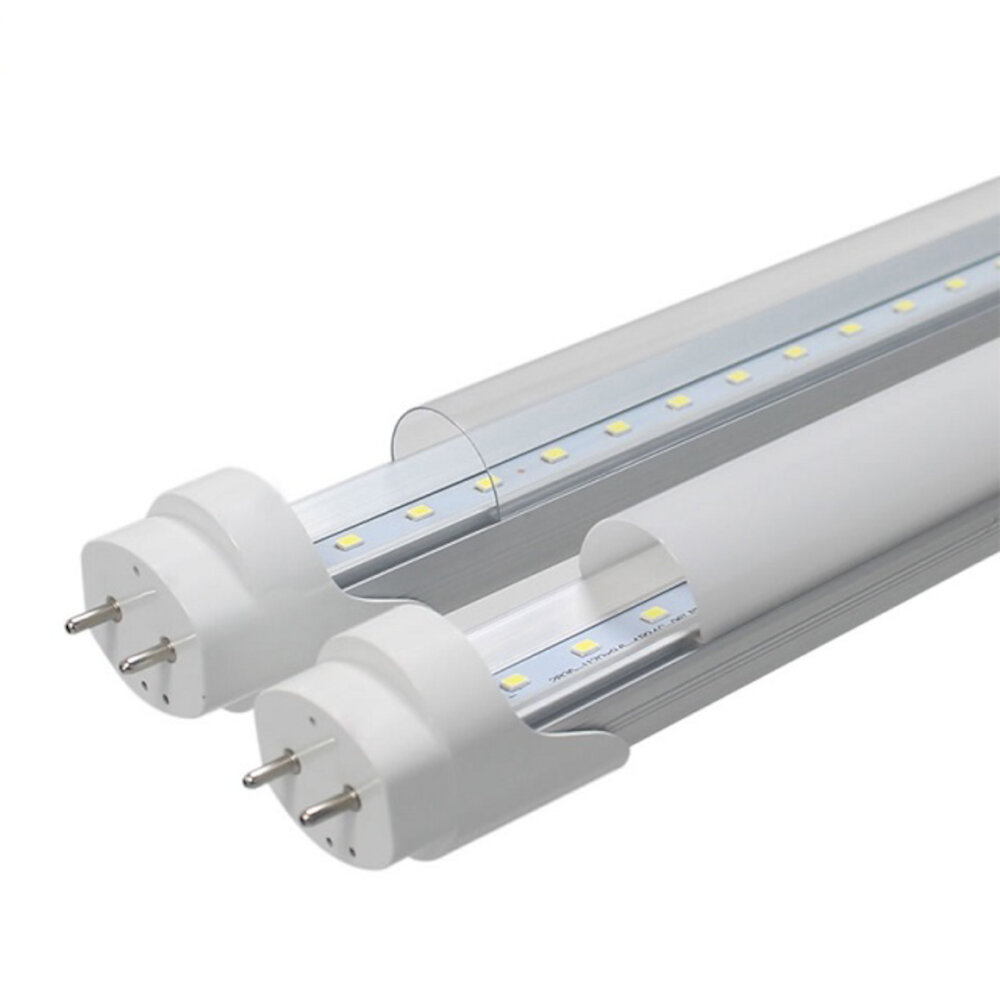
Red LED lights are a popular choice for a wide range of applications. Red light is associated with love, passion, and strong emotions. It is often used in romantic settings, such as candlelit dinners, to create a warm and intimate atmosphere. Red LED lights are also commonly used in entertainment venues, such as theaters and nightclubs, to create a dramatic and exciting atmosphere. The color red is also often associated with danger and warning signs, which is why red LED lights are used in emergency vehicles, traffic lights, and other warning systems. In addition to their aesthetic appeal, red LED lights have a number of practical applications. They are commonly used in medical and scientific settings, such as in photodynamic therapy to treat cancer and in the study of circadian rhythms. Red LED lights are also used in horticulture to promote plant growth and to stimulate photosynthesis. In the automotive industry, red LED lights are used in brake lights and turn signals, as well as in interior lighting. Overall, the versatility of red LED lights makes them a popular choice for a wide range of applications.
Red LED light is a type of light emitting diode that emits a warm, vibrant color. This color is a result of the wavelength of light that the LED emits, which falls in the range of 620-750 nanometers. Red light is often associated with passion, love, and energy, and is commonly used in applications such as traffic lights, emergency signals, and decorative lighting. Red LED light is also used in medical settings to stimulate the production of collagen and reduce inflammation, and in plant growth applications to enhance photosynthesis. With its bold, intense color and versatility, red LED light is a popular choice for a wide range of uses.
The red LED light is a symbol of passion, love, and excitement. It is often used for creating a romantic atmosphere in events or to create a warm and cozy ambiance in homes. However, the red LED light is also associated with danger, warning, and urgency. It is commonly used in traffic signals, emergency lights, and warning signs to signify caution or danger. In some cultures, the red LED light is also associated with prosperity, good fortune, and happiness. It is often used to decorate homes and businesses during special occasions such as weddings or Chinese New Year. Overall, the red LED light holds various meanings, and its use is often dependent on context and cultural significance.
Red LED light is widely used in various industries for different purposes. In the medical field, red LED light is used in photodynamic therapy to treat acne, rosacea, and other skin disorders. It is also used in some dental procedures to cure gum diseases. Red LED light is commonly found in traffic lights, emergency exit signs, and warning signals as it is easily visible from a distance. In agriculture, red LED light is used to stimulate plant growth and enhance photosynthesis. It is also used in horticulture to promote flowering and fruiting in plants. In the entertainment industry, red LED lights are used to create mood lighting effects during concerts, shows, and events.
Yellow LED Light
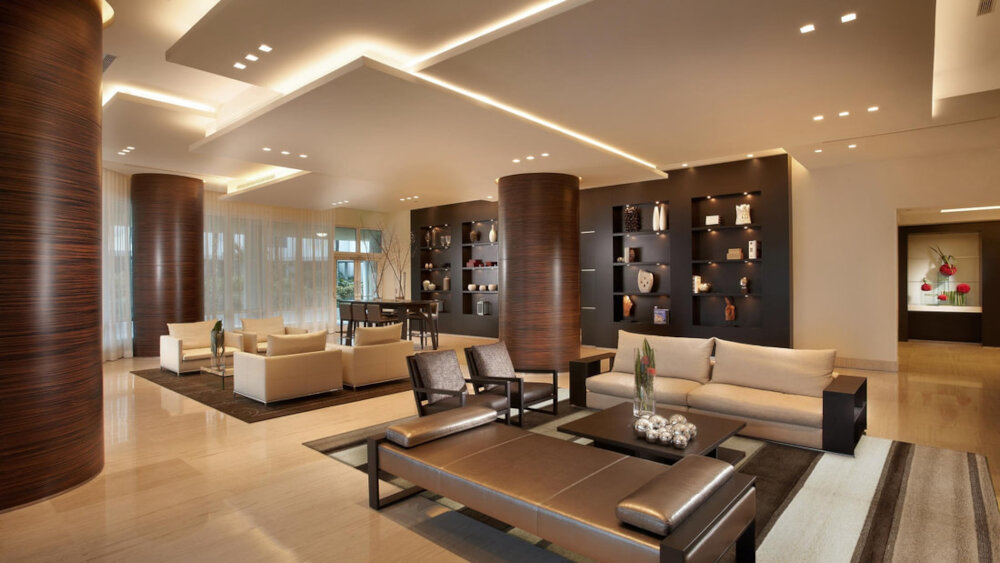
Yellow LED lights are a popular choice for many different applications, and their bright, vibrant color makes them highly visible and eye-catching. One of the most common uses for yellow LEDs is in traffic lights, where they are used to signal caution or warning. Yellow is also a popular choice for warning lights on emergency vehicles, as well as in industrial settings where safety is a top priority. In addition to their practical uses, yellow LEDs are also a popular choice for decorative lighting, as they can add a warm, inviting glow to any space. One of the key benefits of using yellow LED lights is their energy efficiency. Because they use very little power, they are an excellent choice for applications where energy consumption is a concern. Yellow LEDs are also highly durable, with a long lifespan that makes them a cost-effective choice over time. Additionally, they are highly versatile, and can be used in a wide range of applications, from automotive lighting to home decor. Whether you are looking for a practical lighting solution or simply want to add a pop of color to your space, yellow LED lights are an excellent choice.
Yellow LED light is one of the most common colors used in LED lighting. It is a warm and inviting color that is often used in areas where a cozy and inviting atmosphere is desired. Yellow LED light is also used in warning lights and cautionary signs, where its bright and attention-grabbing hue can alert people to potential hazards or dangers. Additionally, yellow LED light is often used in automotive lighting, where it is used to indicate a turn signal or a hazard warning. The color yellow is associated with happiness, joy, and optimism, making it a great choice for mood lighting in homes and businesses. Overall, yellow LED light is a versatile and useful color that can be used in a variety of settings and applications.
Yellow LED lights are often associated with warmth, joy, and happiness. They can create a cozy and inviting atmosphere, making them a popular choice for living spaces and mood lighting. In addition, yellow light is believed to have a calming effect on the mind and body, making it a great option for relaxation and meditation. Yellow LED lights can also be used to create a sense of cheerfulness and optimism, making them a common feature in commercial spaces such as restaurants and retail stores. Overall, the warm and inviting nature of yellow LED lights makes them a versatile option for a variety of settings and purposes.
Yellow LED light is a popular choice for a variety of applications. In traffic signals, yellow LEDs indicate caution or the need to slow down. They are also used in emergency vehicles to signal caution to other drivers on the road. Yellow LEDs are often used in decorative lighting applications, such as string lights for outdoor events or holiday displays. They can also be found in interior lighting fixtures, such as pendant lights or desk lamps, to create a warm and inviting atmosphere. Additionally, yellow LEDs can be used in industrial settings, such as in warning lights for heavy machinery or on construction sites. Overall, yellow LED light is a versatile and widely used color in a variety of settings.
Understanding different LED light colors is crucial in various settings, from home lighting to commercial applications. Different colors of LED light have different meanings and can affect our mood, productivity, and even health. For example, warm white LED lights can create a cozy and relaxing atmosphere, perfect for unwinding after a long day. On the other hand, cool white LED lights can boost focus and productivity, making them ideal for workspaces. Additionally, some LED lights emit blue light, which can disrupt our sleep patterns if used at night. Therefore, it is essential to choose the right LED light color for the intended purpose to achieve the desired effect and avoid any negative consequences.
In conclusion, understanding the meanings behind different LED light colors can be incredibly useful for a variety of settings. From creating ambiance in a room to ensuring safety in a workplace, the color of an LED light can communicate a wealth of information. It is important to note, however, that the meanings of LED light colors can vary depending on cultural context and personal interpretation. Additionally, new technologies and advancements in LED lighting continue to expand the possibilities for color and meaning. Ultimately, it is up to the individual to decide how they want to use and interpret LED light colors in their own lives.
Conclusion
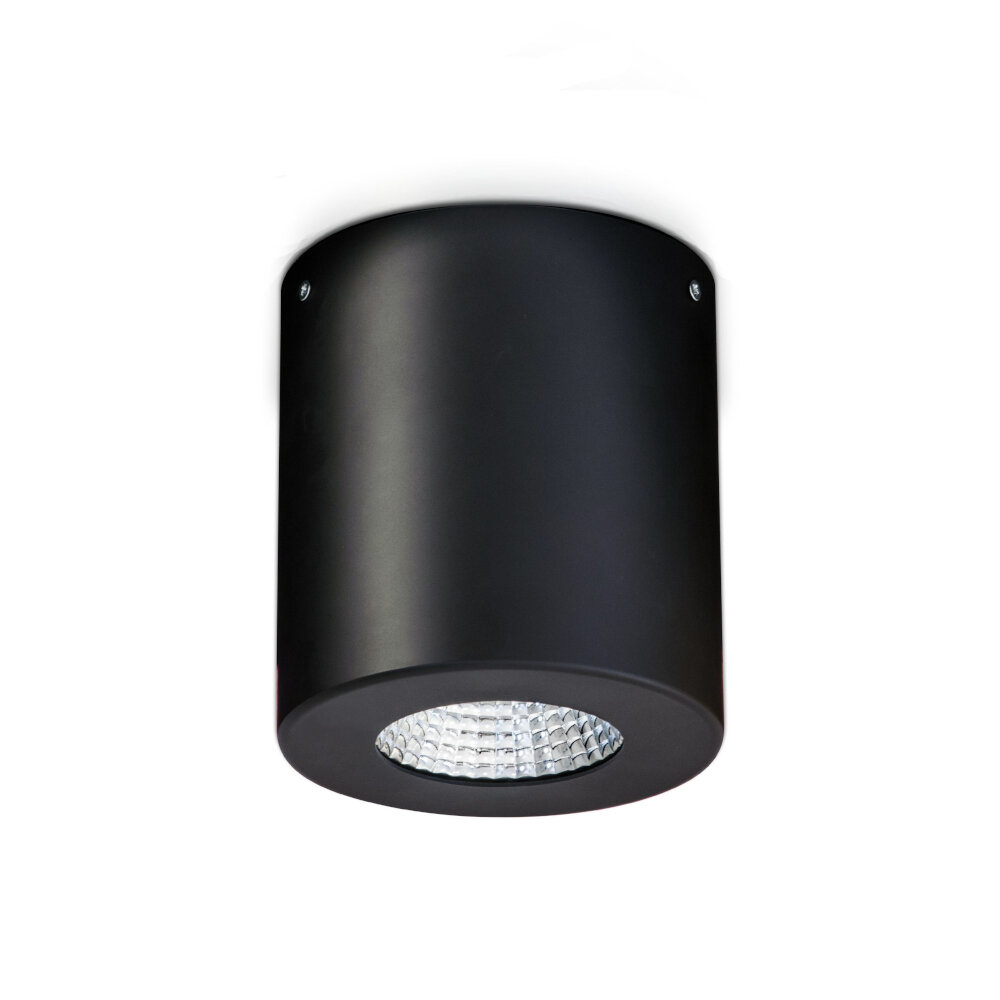
In conclusion, understanding the meanings behind different LED light colors can be crucial in various settings, from creating the right ambiance in your home or office to enhancing the visibility of emergency vehicles. The wide range of colors available in LED lights makes it possible to cater to different needs and preferences, and knowing the significance of each color can help you make informed decisions when choosing lighting solutions. Additionally, LED lighting technology is continuously evolving, and we can expect even more possibilities and applications in the future. Ultimately, whether you’re using LED lights for practical or aesthetic reasons, taking the time to decode their colors can lead to a more fulfilling and effective lighting experience.



